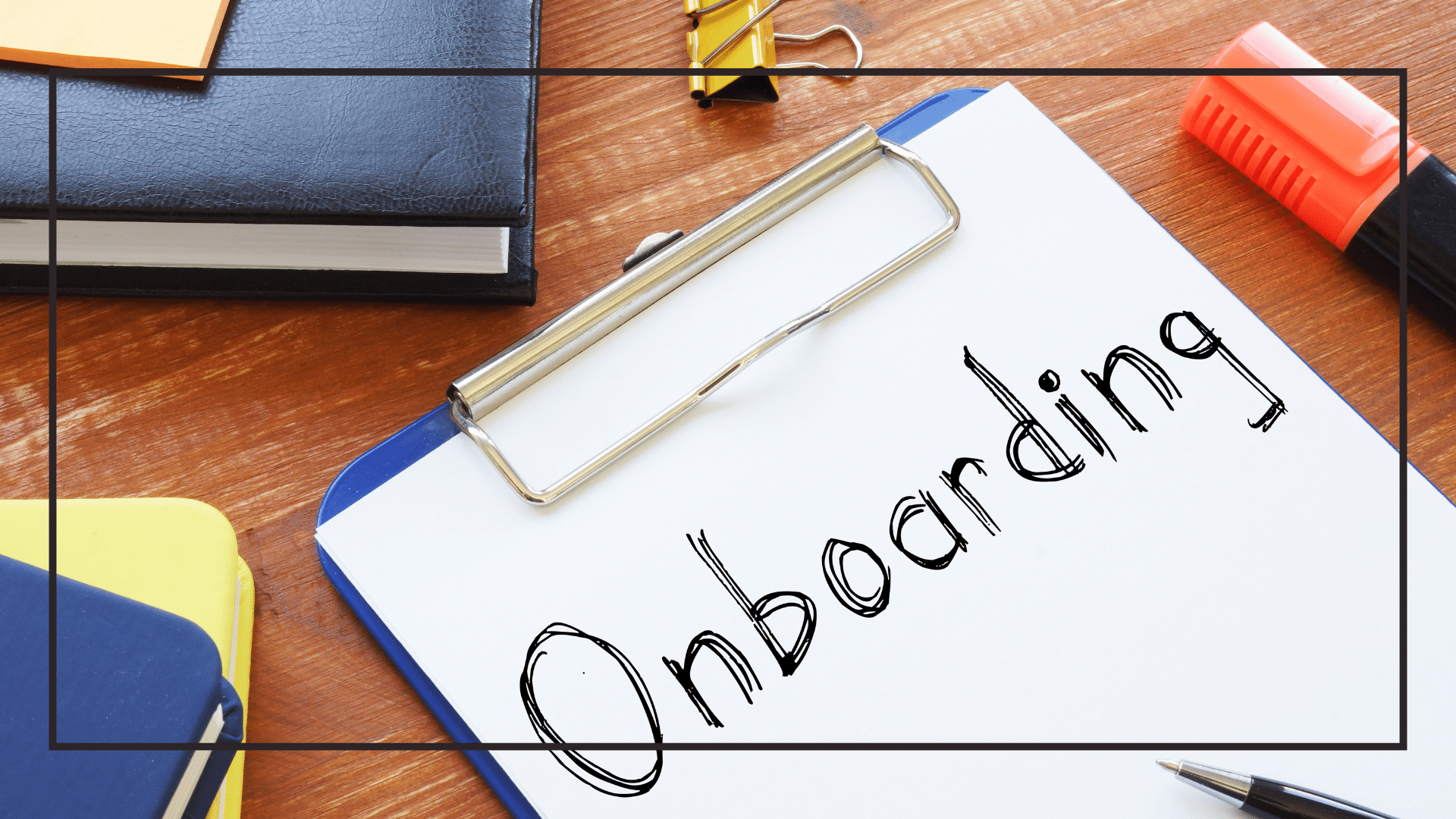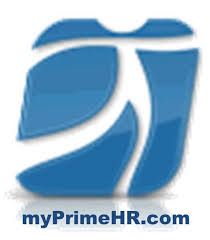
How can you make sure that your new hires are "onboard"?
You need to know what is meant by "onboard" before you can respond to it. This may show whether or not your new hires feel engaged and that their onboarding experience was fit for their development and growth.
For the first year of employment, a manager's only responsibility is to keep a new hire! Depending on the training they require will help them flourish in their current position.
There is much more to onboarding than just "Day 1." It goes much beyond that and into their initial years.
What does your hiring procedure entail? Is it a year, six months, or 90 days? Do you have a learning path that accounts for the specific period for your business? Is it tailored to a particular position or applied to all employees?
What onboarding strategy do you use?
You're already behind if you wait until the official "Day 1" to engage with the new hire, didn't you know? Initiating communication with your new hire before their scheduled start date will help ease some of their anxiety once the initial thrill of accepting the position has gone off.
For some people, starting a new job can be intimidating and daunting.
To keep ahead of this curve, consider the following ideas:
- Invite your new employee to join the rest of the company for a coffee break in person or online. Industry studies show that introducing employees to their future boss and team before their formal start date significantly boosts engagement and retention.
- Before the new employee begins, send them a welcome package. People adore gifts, and it's a fantastic way to promote your business!
- Send your new employees a little welcome video made by your team. Thus, individuals feel less lost and have social connections before their start date.
What does your orientation material for new employees look like?
On the first day of a new job, employees would like to know the following:
- What time is payday?
- What crucial resources are there?
- How will day two appear?
- What advantages are there?
Most importantly, ensure that the content is built on the company's culture and principles. What kind of training can be conducted using a pre-boarding strategy if your firm is compliance-driven? Pre-boarding software is offered by many firms, but if it is not in the budget or plan, you should make use of the learning management system.
Create Learning Paths Tailored to Positions
There is a natural expectation that an organization will have a strategy for new hire employees when they join. Since new hires feel lost and disconnected when there isn't a plan, therefore, make sure that the learning routes will assist in recording the transmission of knowledge.
We know that new hires frequently work alongside seasoned workers to learn a task or procedure. What would happen if that experienced worker had won the lottery or decided to retire? Unless you're fortunate enough to have it recorded in a standard operating procedure (SOP) handbook.
But developing one can be challenging and may take years for your entire firm. To improve the employee experience, you must include these in your toolkit.
Set up Knowledge Discovery Sessions with departments' subject matter experts to begin developing learning models and utilize them to have an understanding of all the duties, procedures, systems, policies, and other crucial details as a particular function are needed to be successful.
Using large sticky flip chart paper and setting up an "operations room" where the information will be stored and collected is an excellent strategy. Give each subject matter expert (SME) a marker and make subject headers that are appropriate to the position, and let them go!
It is the responsibility of learning and development experts to facilitate the knowledge discovery session by providing questions that will challenge your SMEs to reassess the timing and mode of delivery of training.
A year's worth of training is frequently compressed into the first 30 days or even a week. It will not only make your new employee's head spin, but it also negatively affects learning retention and turnover.
What is essential knowledge required for this employee to serve customers and carry out everyday tasks? What information is needed by days 30, 60, and 90? What can be pushed far beyond the first month?
Once all the information has been recorded, start organizing your learning paths. Consider it from the perspective of the learner. They want to know what is expected from them in the first 30, 60, and 90 days. What does achievement entail? Specify the timeframe and format for getting manager input. At the conclusion, mention any chances for improvement and how they may continue to nurture their learning and development.
Read more...
Events
aclt on its 24th Year! Nationwide simulataneous celebration starts on August 8, 2020.
Useful Links
Our Contacts
1002 Rufino Building
6784 Ayala Avenue, Makati
Makati: (+632) 844 9722
